Vet 101: Chasing Tail Tales
Vet 101 Q & A is back with our vet, the awesome Dr. G. answering reader questions. If you have a question about your cat, please sent it to [email protected]
Vet 101: Chasing Tail Tales
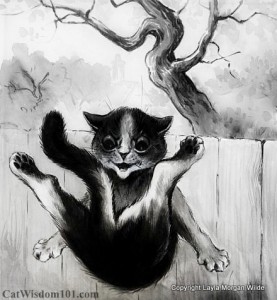
Q: Lately Winston my neutered, short-haired cat (three-years old) loves to chase and bite his tail especially in an empty bathtub. He goes what I call kitten crazy. The fur goes every which way like he’s trying to get an imaginary monkey off his back. He never did this as kitten. What might be causing it and should I be concerned?
A: I love your description of Winston’s antics! It creates the perfect visual picture. Any time there is a change in a cat’s behavior, it should raise a flag that our cat is trying to tell us something. Is it possible that Winston is just entertaining himself (or you)? Sure. But we shouldn’t just assume he’s chasing his tail around for fun. So what could be the problem? One of the pearls of wisdom I picked up as a young veterinarian (I won’t say what year it was – but don’t you hate getting to that age where you have to say “when I was young…”) is that when an animal is pointing to a certain body part, consider all the body parts in the area that could be the source of a problem. In Winston’s case, he’s pointing to his tail. So, let’s look at what might be there.
- The tail itself. Tails are important parts for cats, providing a means for balance, fly-swatting, and mood expression. But they can also get in the way, and have a nice way of getting caught in closing doors and under rocking chairs. This can cause bruising to the tail or the vertebra where the tail attaches, fractures, and even a pinched nerve.
- The lower back and pelvis. With all the twisting and turning that active cats do, injuries to the lower back and pelvis can be quite common. If a muscle spasms, or a nerve is pinched, cats can react by biting at the area.
- The colon and anus. These organs sit right under the lower back and tail, as do the anal glands. The anal glands secrete a foul-smelling liquid when cats have a bowel movement, or when they are stressed or threatened. But sometimes those glands can become plugged up and painful – kind of like the kitty version of an inflamed hemorrhoid. Similarly, pain in the anus (yup, I said that!), or even constipation can cause a cat to feel discomfort in the rear end.
- The urinary tract. Also sitting under the spine are members of the urinary tract, namely the kidneys, ureters, and bladder. UTI’s, bladder discomfort, and stones can cause pain under the pelvis and lower back.
- The skin. Anything causing skin irritation can cause a cat to bite at the area.
- The brain. I know, I know. The brain is not located in the rear of the cat (although some might disagree…). But, the sensations of pain and stress are interpreted in the brain, and behaviors are initiated by the brain. So, behavioral issues that are causing the cat to bite at the tail, may require a whole other investigation.
Whether the cause is medical, behavioral, or just “normal” for Winston, it would be a good idea to mention the change to your vet and have him or her do a good physical exam to see if Winston’s trying to tell you something.
And while we’re on the subject of having the vet take a look at our cats, I’d like to remind everyone of the importance of having regular check-ups for our cats. As we’ve discussed before, cats are masters at masking symptoms of illness until they are very ill. That’s why it is SO important for cats to be examined by the vet at least once a year. Nothing replaces a good physical exam on a regular basis so that subtle changes can be detected early. Early intervention gives us a much better chance to deal with problems before they become untreatable. If you’re reluctant to take your cat to the vet, look for a housecall vet in your area, or see if your vet offers that service. It’s the least we can do for our feline companions. Remember: Early intervention increases our chances of keeping our cats healthy for years to come.
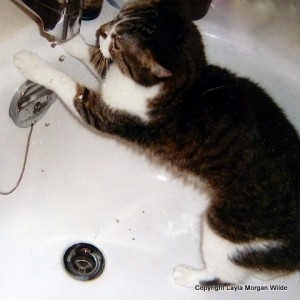
Visit Dr. Richard Goldstein at his website and check out his new blog for more great info.

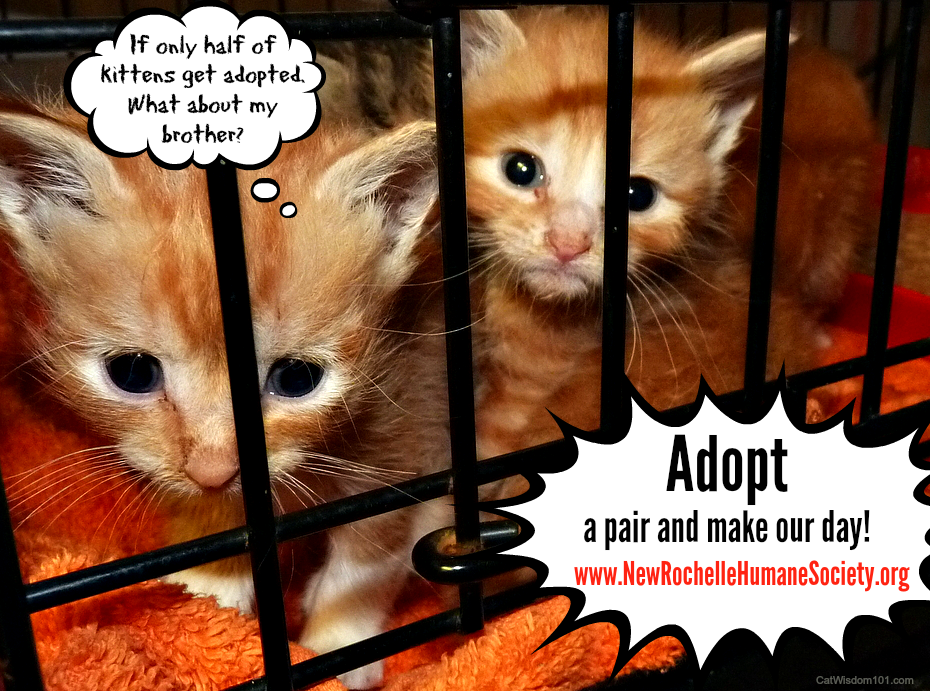
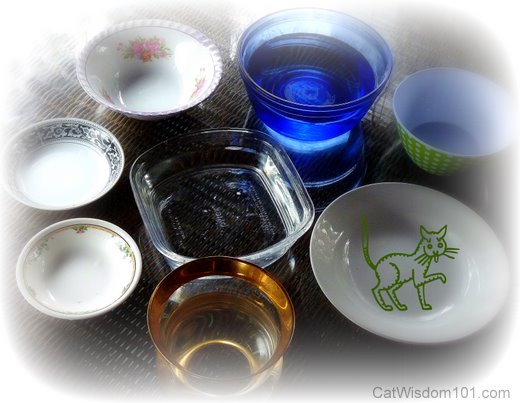
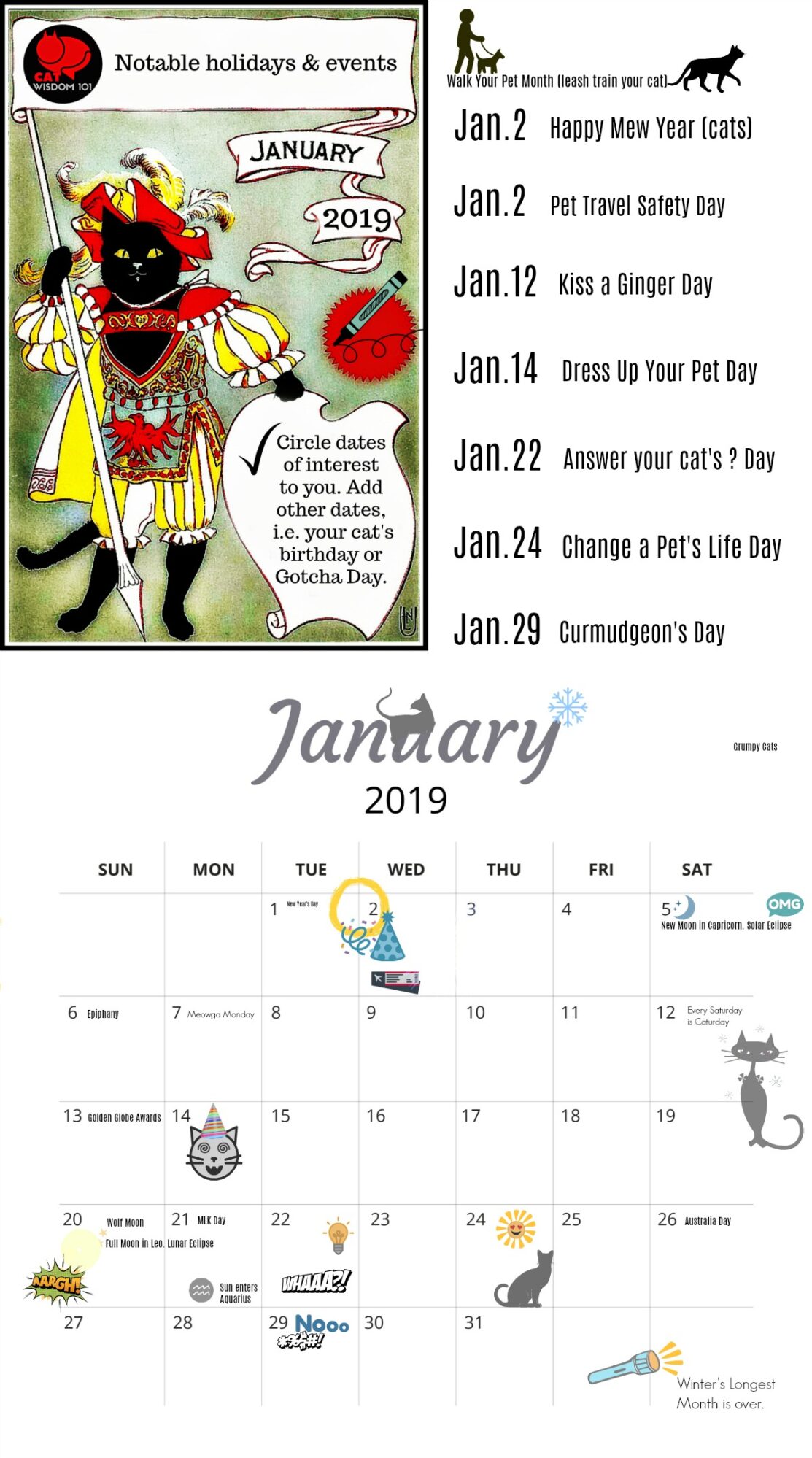
11 Comments
Penelope
Thanks yous! |Great post!
Kisses
Nellie
Skeeter and Izzy
Thank you Dr G for telling the tale of the tail! Luvs Skeeter and Izzy >^..^<
Katie and Coccolino
Great post, nice to read!
Piggy kisses,
Katie and Coccolino the mini pig
CATachresis
Thanks! Great post 🙂
Cherry City Kitties
Thank you Dr. G!
Marilia
Great post!
da tabbies o trout towne
I loved ta chase me tail…matter oh fact me mom said eye wuz an eggs pert at it…eye could be ina sapce 2 x 2, chase me tail full circle
N never once hit me head ore crash inta de wall :)!!
sauce of fishbone
Tamago
Tails tell many things! There are many possible causes for tail chasing, it’s great to know.
I love watching kitty tails and sometimes I do feel like there is brain there 🙂
Bernadette
And once all is ruled out, well, Giuseppe’s tail actually stalks him, especially in the bathtub! He only chases in circles but never “catches” or bites it or any other part of himself, which is a clue on that part.
Texas, a cat in New York
I think vets are getting closer to learning cat language =^.^=
Seriously, thanks for another important and interesting VET 101 post!
Purrs
d'Artagnan Rumblepurr
An excellent post, my friends. Our tails are very important!